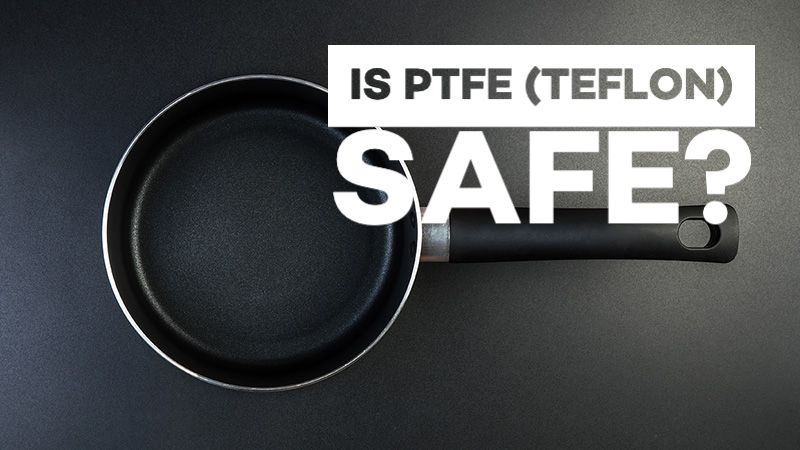stinkytofus
Well-Known Member
milaana, elev8r and cloudevo
Last edited:
I am still searching for my ultimate, all-glass, non-toxic, "healthy" vaporizer.
The Quartz Thunderbolt seems like it would be perfect for this application. Yes, you have to torch it. I’m still not understanding why torching is an issue if the torching stops before you draw.

I'll be taking over most likely and be shipping these retail all over EU
Quartz Thunderbolt
All-quartz injector diffuser for 19mm and 14mm bowls. Designed to be heated with a chef's torch. Features a 19mm nozzle on one end and a 14mm...elixierdesigns.bigcartel.com
Not widely available but it does look awesome. I think he still had some in stock a few days ago.

The QOQ is discussed in the Vaphit Quartz Cap thread. I recently left a brief review here:As this thread has been bumped recently, here are some all glass recommendations that haven't been covered already


Shameless? With respect, you are the Don of this type of vape imo, and have every right to toot your own horn every once in a while.Thanks to those that gave me a shoutout. I'm just going to shamelessly plug my Coil driven all glass/quartz ecosystem. The heaters are quartz and the bowls are high quality Borosilicate glass. They are all designed to work with or without a screen. The new heaters only need one clip on top now


This is thinking straight, “all glass vapor path” is not safe at all, and until further notice imho our best bet at “safe” vaporizers is plastic/teflon vapes such as S&B vapes, minivap and a couple other “medical” brands.. As much as it’s better than smoking, vaporization too takes a toll on the lungs and the best and safest route is edibles. Nitpicking about safe vapor paths is missing this point, especially if we don’t have a shared definition of safe. Especially when myths about glass are considered more important than scientific evidence. All glass vapor paths (dhgate glass counts as well?) may be “stoner safe”, but not safe for everyone. It basically comes down to thinking that glass is safe since it’s washable and transparent. Quite silly if you read the above message about how glass deteriorates during its whole shelf life.I don't think boroilicate glass is as perfectly pure/clean and safe as most simplistically assume. But in practical applications (like mass market vapes), it's often the most 'pure,' 'clean, 'safe,' etc. option.
Glass by definition is a very complex mixture, far from pure, unlike say actual pure quartz/silica. Related to this, glass is very rarely used in biopharmaceutical manufacturing, it leaches too much diverse substances into fluids it's in contact with, with bioreactors, chromatography columns, filter housings, piping, etc., particularly product contact surfaces, being composed of stainless steel or inert laminated plastics that leach much less. High quality borosilicate glass is commonly used for chemical reactions and manufacturing where this generally works well, with clarity, being able to see what's happening, a major advantage here (and also with vaping). Glass used with some analytical equipment, where genuine inertness is needed, is often silanized, coated with a layer of silicone (although silicone a complex mixture of different size polymers and unreacted silicone); or PFA is used.
Physically, glass is inherently brittle and prone to spallation/delamination, with exposed surfaces shedding small flakes. This is a persistent problem in the pharmaceutical industry, such as with injectable drugs filled into borosilicate glass vials. For example, see https://www.corning.com/worldwide/e...ologies/pharma-technologies-delamination.html and https://www.pharmtech.com/view/causes-and-implications-glass-delamination.
If you want solidity/physical integrity, ability to handle rapid heating and cooling, non-leaching, purity, and biological and chemical inertness, pure pharmaceutical grade silica/quartz, PTFE (Teflon) and PFA plastics, some metals (titanium, silver, copper), some ceramics, and some forms of pure carbon (diamond, graphite) may be better candidates.
Diamond is the most chemically and biologically inert material. Diamond-coated vape air flow contact surfaces might be ideal.
I encourage you to read each of these medical certifications and standards. Absolutely none of them are about vapor or inhalation. Most are about electrical interference and recall procedures. A major one is for battery safety. It's dishonest marketing and has absolutely nothing to do with the safety and health of the actual vaping process.until further notice imho our best bet at “safe” vaporizers is plastic/teflon vapes such as S&B vapes, minivap and a couple other “medical” brands
Fine, let’s just agree there are no safe vaporizers. But saying for the n-time that SB certifications are bullshit does not mean glass vapor paths are any safe.I encourage you to read each of these medical certifications and standards. Absolutely none of them are about vapor or inhalation. Most are about electrical interference and recall procedures. A major one is for battery safety. It's dishonest marketing and has absolutely nothing to do with the safety and health of the actual vaping process.
“all glass vapor path” is not safe at all, and until further notice imho our best bet at “safe” vaporizers is plastic/teflon vapes such as S&B vapes, minivap and a couple other “medical” brands..
saying for the n-time that SB certifications are bullshit does not mean glass vapor paths are any safe

 chemsec.org
chemsec.org
...looking at the Teflon flaking my cooking pan... I wholeheartly agree. Teflon in my vape path? I might go embrace combustion. Haha!Personally been trying to get teflon and plastics OUT of my life whenever possible. A futile pursuit, perhaps, but I'm not gonna suck on hot devices that contain them even if they are "medical grade".
Time to switch to stainless steel or cast iron pan!...looking at the Teflon flaking my cooking pan... I wholeheartly agree. Teflon in my vape path? I might go embrace combustion. Haha!
